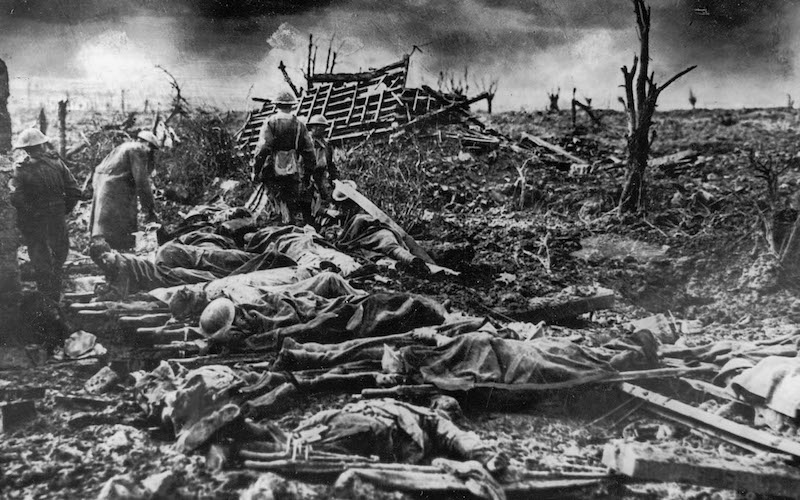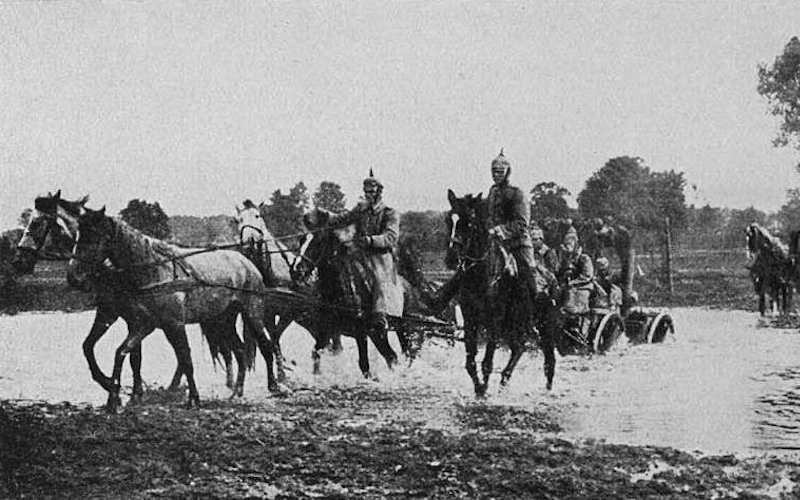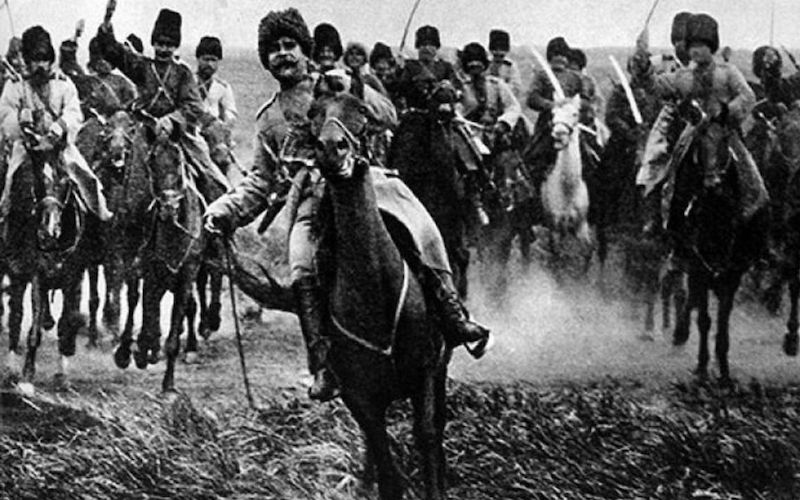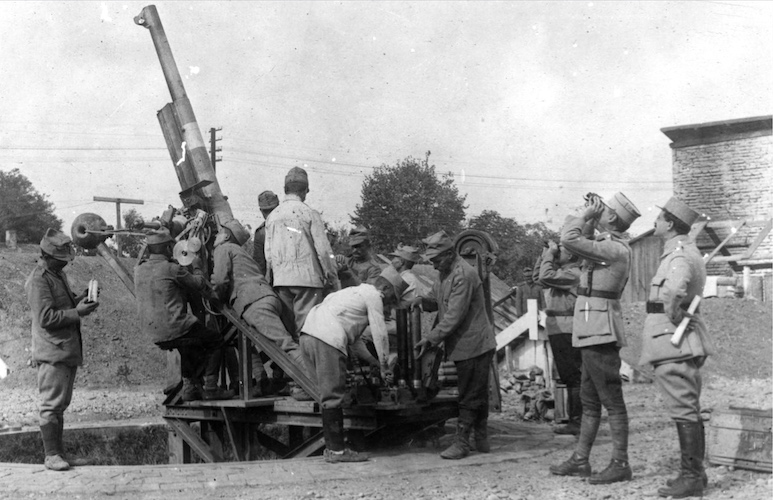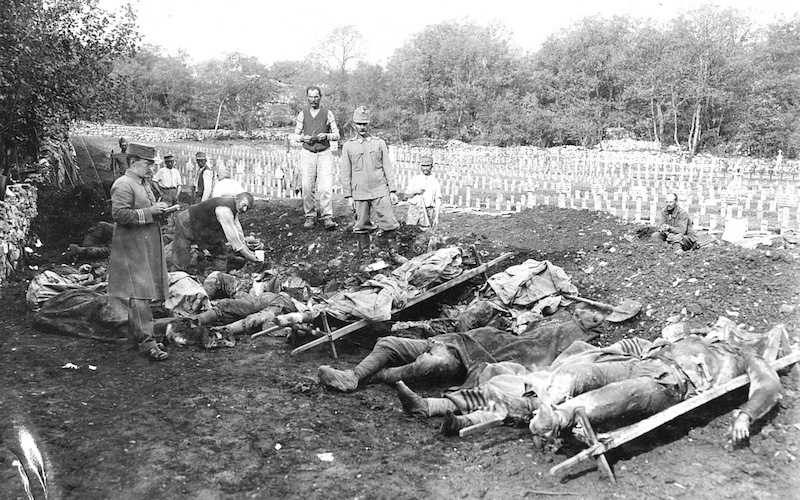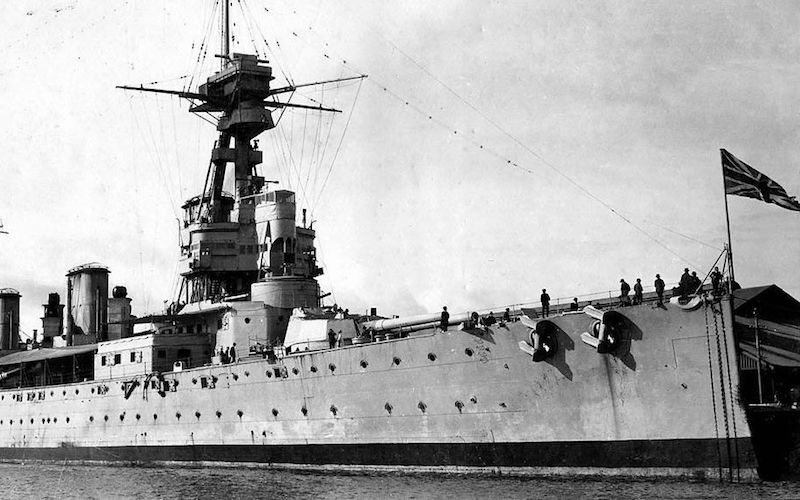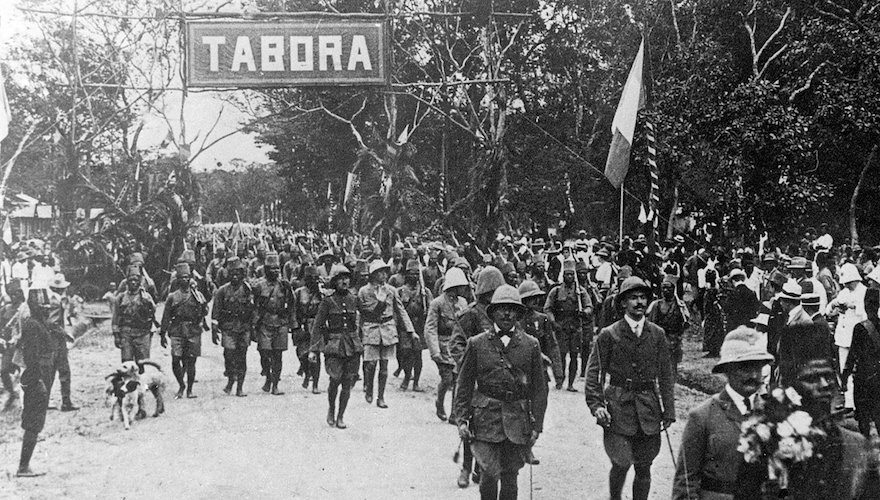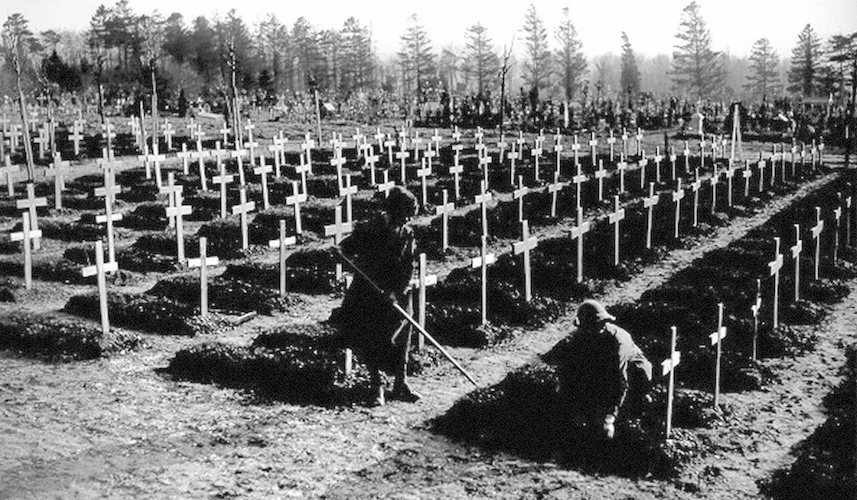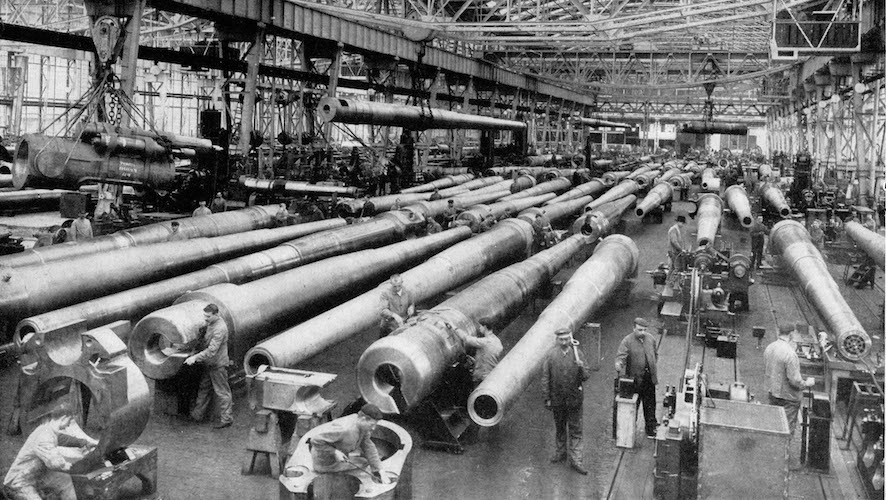
The First World War, also known as the Great War or The War to End All Wars, was a global war that originated in Europe, lasting from 1914 until 1918. Over 9 million soldiers and 7 million civilians died as a result of the war. The causes of the war were complex: colonial rivalries, economic competition and irreconcilable national ambitions were some of the contributing factors. The war was triggered by the assassination of Austro-Hungarian Crown Prince Franz Ferdinand by the Serb nationalist Gavrilo Princip at Sarajevo on 28 June 1914. This triggered a series of diplomatic crises, when Austro-Hungary delivered an ultimatum to Serbia. Serbia viewed some terms of the ultimatum as unacceptable. Soon all the major European powers became involved in the affair, on one side or the ... other. Ultimately, the crisis could not be resolved and war was declared. The war was fought between the powers of the Triple Entente - the French Republic, Russian Empire and the British Empire - and the Central Powers, composed of the German and Austro-Hungarian Empires. As the war progressed, other nations joined one side or the other: the United States, Japan, Italy and Romania joined the Entente powers, while Bulgaria and the Ottoman Empire joined the Central Powers.read more
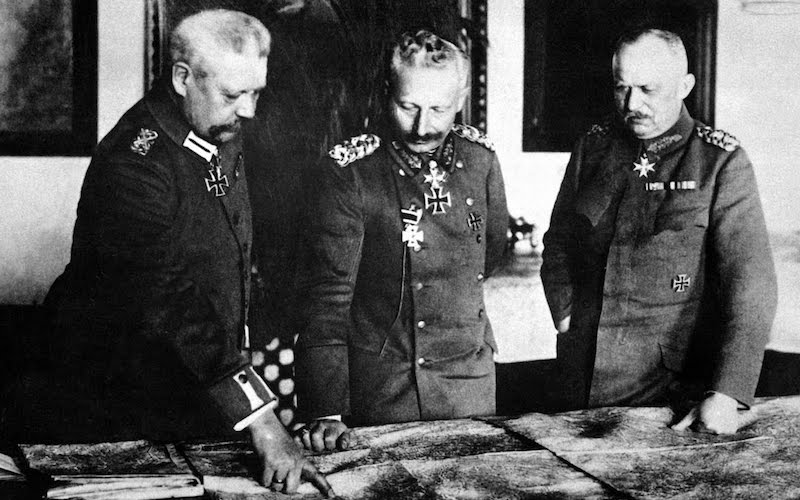
Path to World War One in the West

Path to World War One in the East

World War One - the Spark
The First World War started with the German invasion of South Belgium and eastern France in what would collectively be known as the Battle of the Frontiers. These titanic clashes began with the German invasion of Belgium. Here the Germans advanced quickly, capturing Liege and Brussels, despite a French counterattack. The main French mobilization, however, took place in Alsace-Lorraine. There the French organized a offensive which, despite some early successes, turned into a disaster for the French Army. The disaster was repeated in another ill-conceived French attack, in the Ardennes area. For the British, the war began just as badly, when they were forced to conduct a fighting retreat at Mons. The Battle of the Frontiers did not go well for the Entente forces, who were forced to retreat on the river Marne, on the outskirts of Paris.
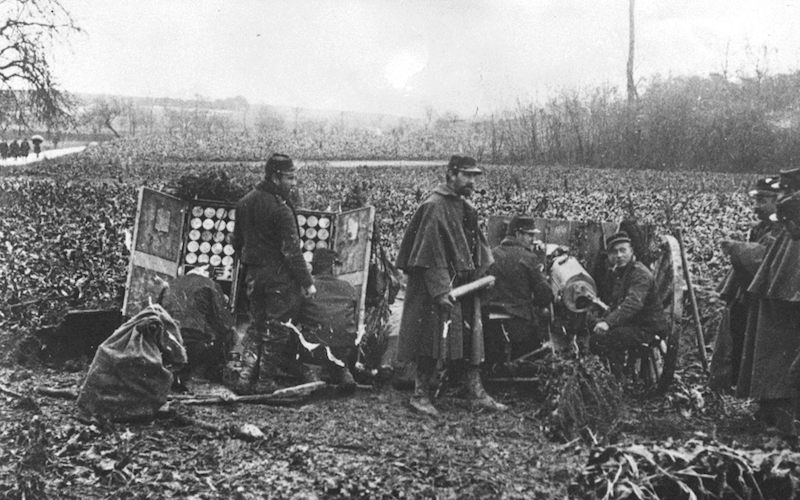
Battle of the Frontiers

Battle of Mons
The first battle of the war had gone well for the Germans: in France the Entente forces were retreating on the river Marne, and the Germans had captured a large part of Belgium. Victory seemed to be in the Germans’ grasp when the Entente forces, under the direction of French General Joseph Joffre, organized a vast counterattack along the Marne, which forced the Germans into retreat. The next phase of the fighting has often been described as the ‘Race for the Sea’. This ‘race’ actually consisted of a series of outflanking maneuvers, in which both sides sought, not to reach the sea, but to get round the northern flank of their opponent. The ‘race’ ended when Belgian troops, on the North Sea coast of Belgium, occupied the last open area ... of the front. The Belgians had retreated from the city of Antwerp which had fallen to the Germans. The Germans made one last attempt to break open the Entente front, at Ypres, in Western Flanders. The battle proved to be indecisive because, by this point, both sides began constructing heavy defensive fortifications: trench warfare had arrived on the Western Front.read more
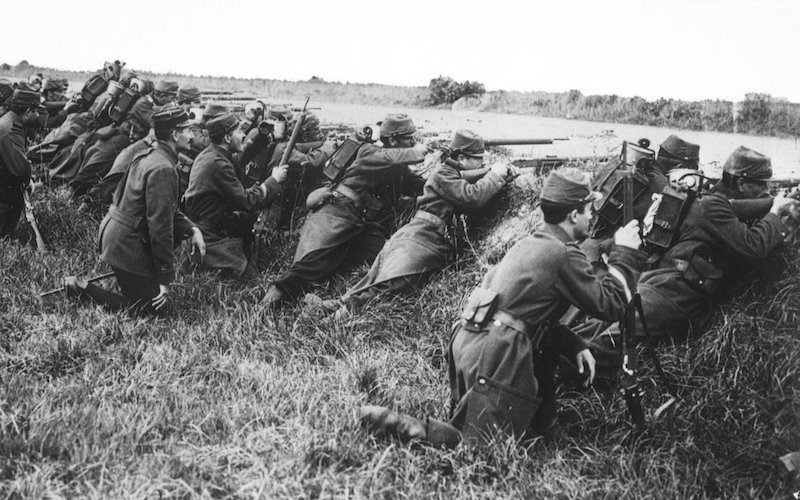
First Battle of the Marne
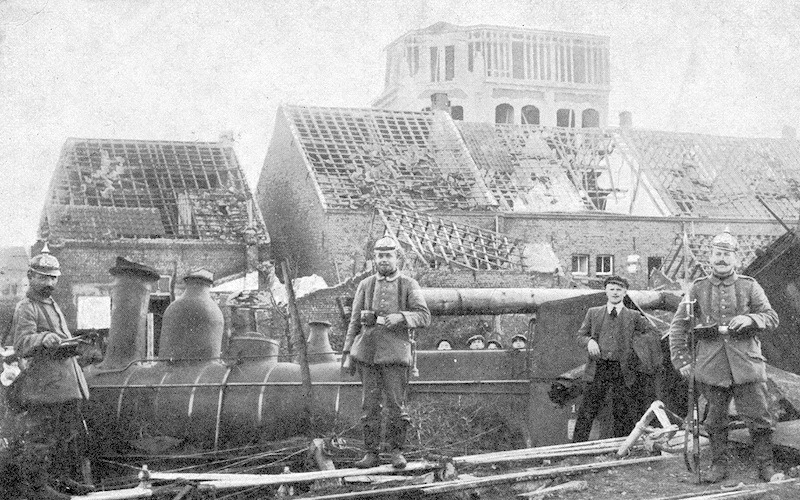
Siege of Antwerp
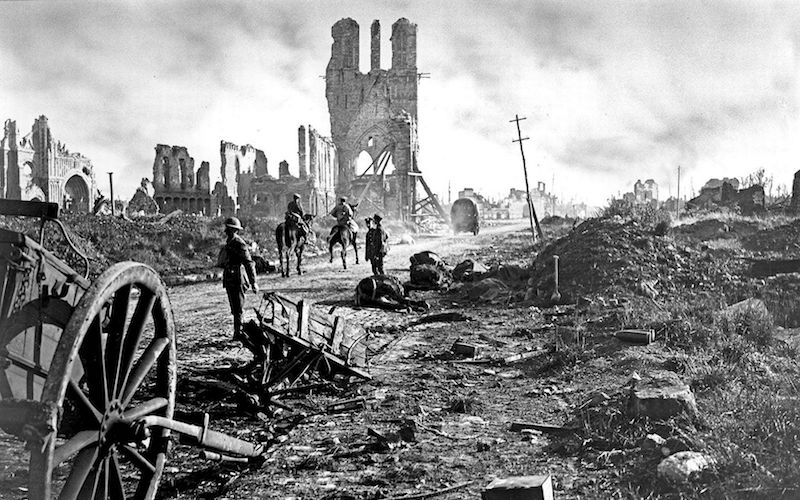
First Battle of Ypres
After the end of the German offensive at Ypres, both sides were exhausted after months of fighting. With the onset of winter the French organized a few limited attacks against strong German positions, with little to no effect on the front’s situation. In this period a curious event took place that is well known even today: the Christmas truce. In some sectors of the front, during the winter holiday, enemy soldiers crossed into No Man's Land exchanging food and cigarettes, singing carols, and even playing football. This temporary romantic distraction did not last, and in the spring of 1915 hostilities resumed when the Entente forces organized a series of attacks at Artois, Ypres and Arras. By this time, the Germans had constructed heavy defensive fortifications, and the French and British ... had neither the tactical sophistication nor the numbers of artillery shells needed to break open the German lines. Entente operations resumed in the autumn with new attacks at Artois, Champagne and Loos. These too ended in bitter failure, as casualties on both sides mounted.read more

The First Winter
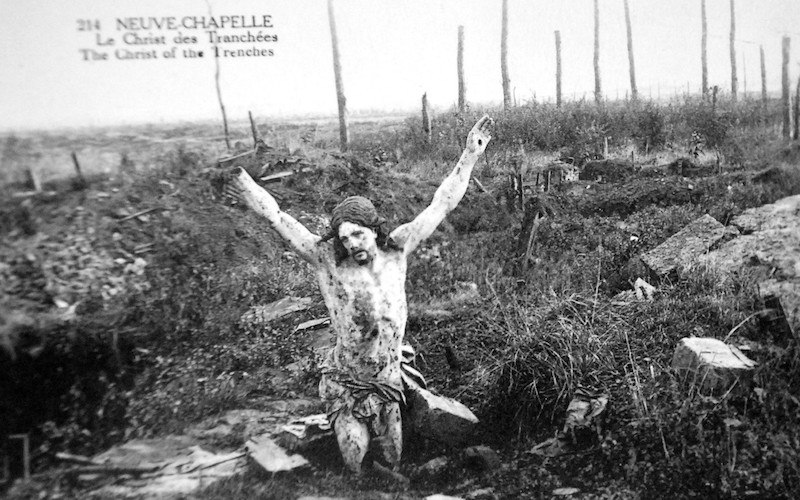
Battle of Neuve Chapelle
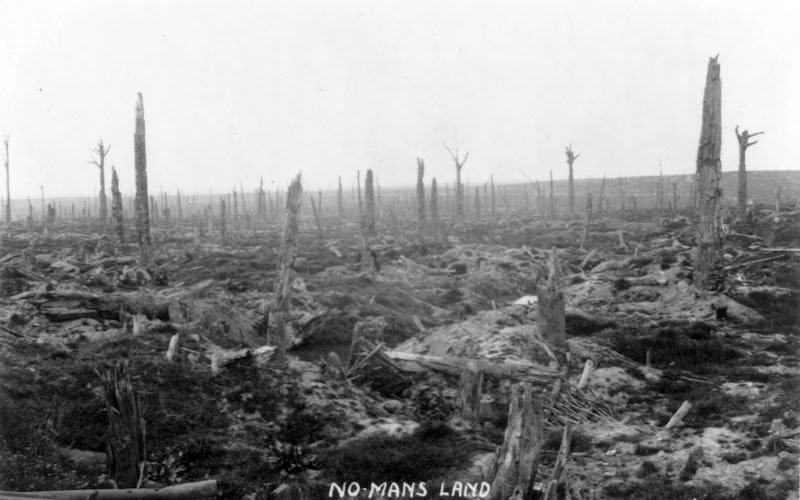
1915 Spring Offensives
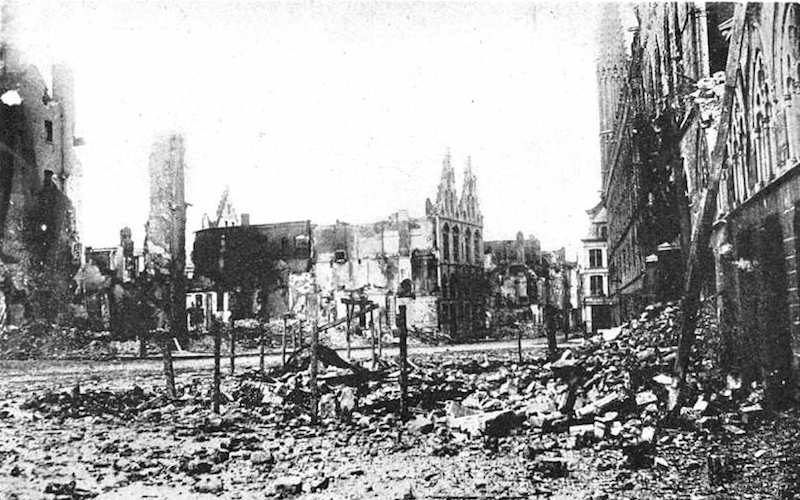
Second Battle of Ypres

1915 Autumn offensives
During 1916 a tactical deadlock developed on the Western Front of World War One: since neither side had the necessary force to break open the other’s defences, a new strategy was adopted whereby both sides tried to grind down the enemy, inflicting as many casualties as possible so as to bring the enemy force to the point of exhaustion. The Germans tried this strategy during the Battle of Verdun, a year-long battle in which they tried to force the collapse of the French Army. In the end this did not succeed, and the Germans suffered almost as many casualties as the French, with little to show for it in terms of gained ground on the battlefield. In order to relieve pressure on the French, the British launched an attack on ... the German positions on the Somme. The first day of the Somme was the greatest disaster suffered by the British army on the Western Front, with very heavy casualties. At the end of the battle, the British and French had penetrated some 10 km into German occupied territory, taking more ground than in any of their previous offensives since 1914, but at the cost of hundred of thousands of casualties.read more
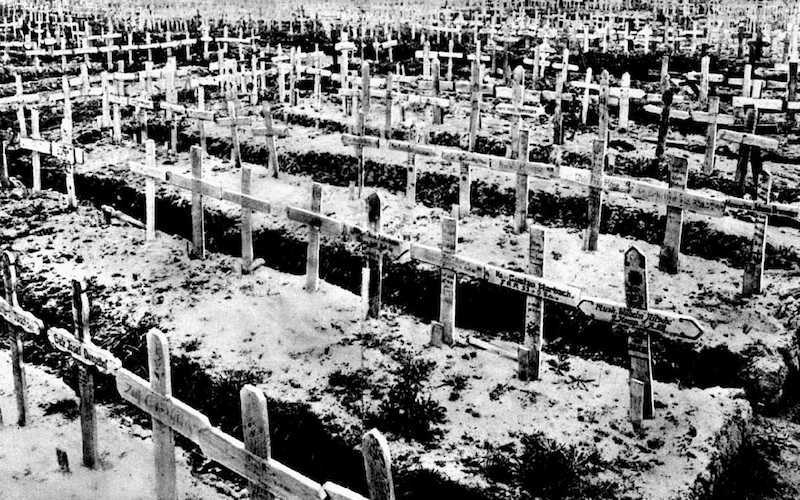
Battle of Verdun
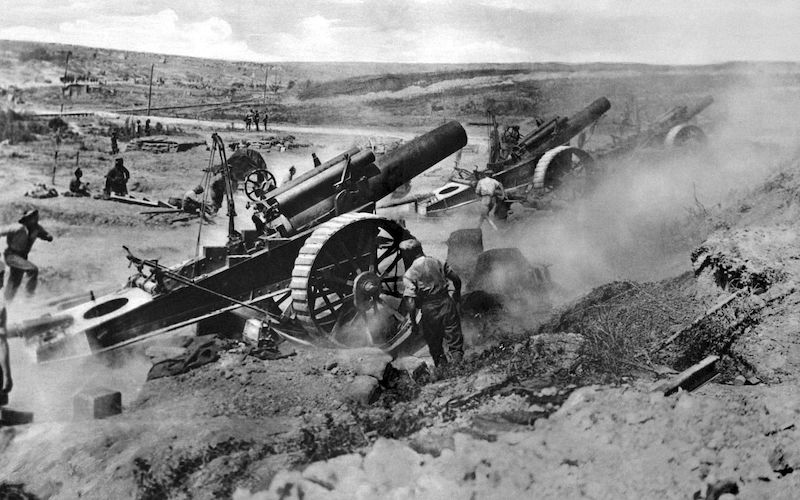
Battle of the Somme
In the beginning of 1917 the German Army executed Operation Alberich, a planned withdrawal to the shorter and thus more easily defensible Hindenburg Line. The withdrawal eliminated two salients which had been formed in 1916 during the battle of the Somme. The next major battle would come in the spring. It was planned by the new French Chief-of-Staff, Robert Nivelle. The Nivelle offensive attacked German positions in the Arras area and on the Aisne. When the battle, which was intended to achieve a decisive breakthrough, failed to break open the German lines, it was suspended. In the aftermath of the failed offensive, some elements of the French Army, brought to the point of physical and mental exhaustion, mutinied because they were no longer willing to participate in ill-conceived offensives that ... would cost even more lives. After the collapse in morale of the French Army, the British organized a series of attacks in Flanders for the rest of the year. The results of the battles in Flanders are disputable: while the British did manage to capture some territory from the Germans, they sustained heavy casualties, which would have been unsustainable if the war continued as before.read more

Operation Alberich
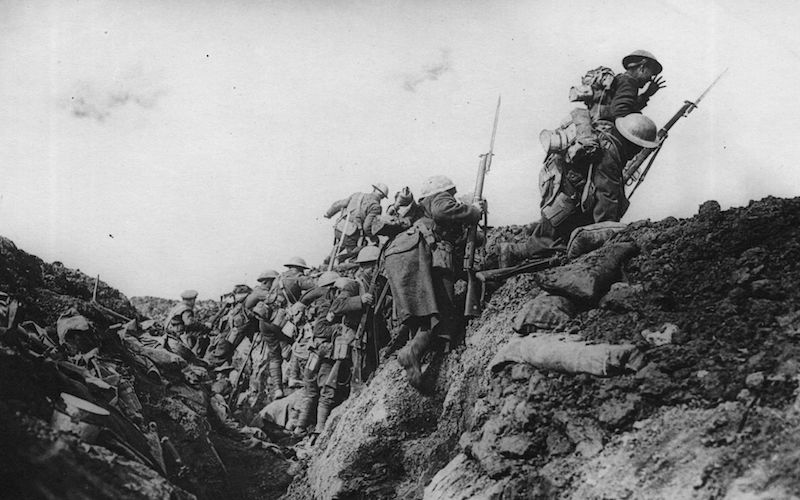
Nivelle Offensive
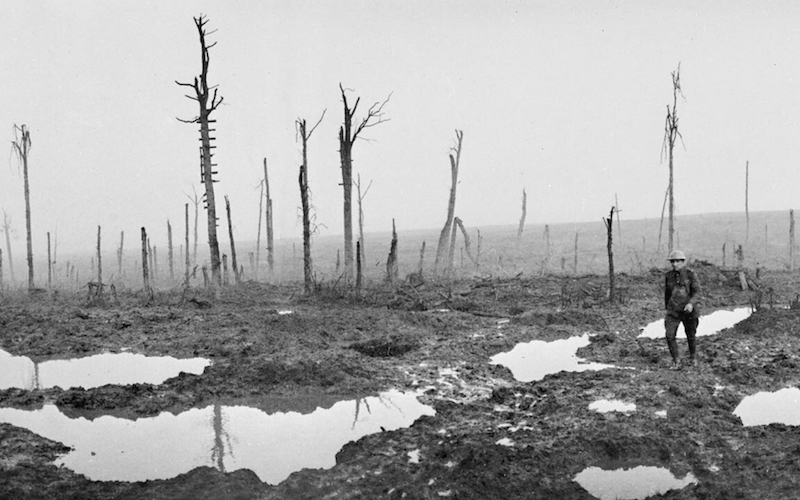
Flanders Offensive
At the end of 1917 it was clear that if the Entente wanted to win they would have to change their strategy, as the Germans were still undefeated after years of constant attacks in which millions of soldiers had lost their lives. In order to break the deadlock, the British deployed hundreds of tanks on the battlefield around the town of Cambrai, an important German supply point. This was the first time tanks were used in such concentrated numbers. Initially the gamble paid off and the British advanced some 6 kilometers, but then the mechanical unreliability of the tanks slowed the British advance to a crawl. An immediate counterattack followed, and the Germans, employing a new artillery bombardment technique that allowed for much greater mobility, stopped the British advance and ... regained some lost ground. In the spring of 1918 the Germans tried to defeat the Entente forces before the Americans could arrive in force on the front. Using new artillery bombardment techniques, the Germans managed to break the stalemate on the Western Front, and in their Spring Offensive they advanced all across the front, creating vast salients in the British and French lines. However, they did not manage a decisive breakthrough, as Entente forces successfully defended Paris in the Second Battle of the Marne. The German defeat on the Marne marked the beginning of the relentless 100 Days Offensive, initiated by the Entente forces, that ended the war.read more
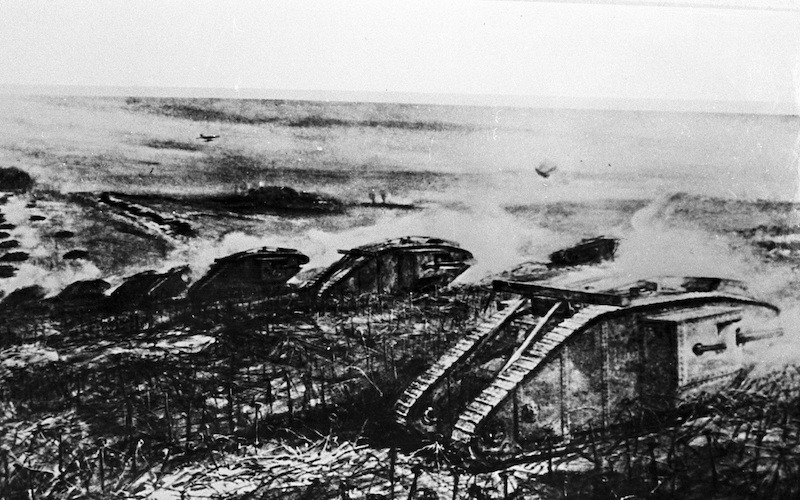
Battle of Cambrai

Spring Offensive
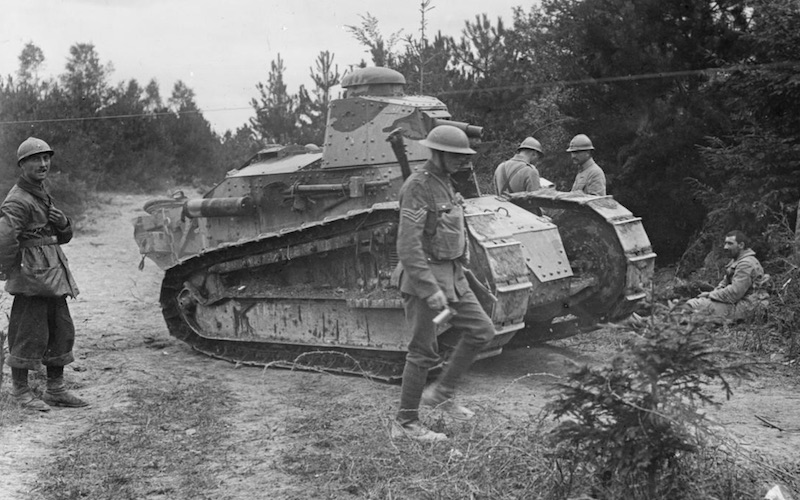
Second Battle of the Marne
The Hundred Days Offensive was the final series of battles in World War One. During these battles the Entente forces launched a series of attacks against the German Army all along the Western Front. Beginning with the Battle of Amiens, and continuing with attacks at Albert, on the Somme, in the Argonne and in Belgium, at Ypres, the offensive pushed the Germans out of France, forcing them to retreat beyond the Hindenburg Line. The Hundred Days offensive ended the war with the Armistice of 11 November 1918.
The Eastern Front of World War One began with a declaration of war between the Germans, together with their Austro-Hungarian allies, and the Russians. The first battles took in Eastern Prussia. Russia invaded the German territory as a means of distracting the Germans from the Western Front and forcing them to redirect troops to the East, thus providing an indirect aid to the French and British who were struggling in the West. The Russians attacked before they were truly ready, and with severe deficiencies the Russian Army suffered devastating losses at the battles of Tannenberg and Masurian Lakes. In Galicia, the then Austro-Hungarian province was defended by the weak Austro-Hungarian Army. Thus, the Russians managed to capture the city of Lemberg, today Lviv, and ruled the province for nine months until their defeat during the Gorlice-Tarnów Offensive.

East Prussia Campaign

Battle of Galicia
After they defeated the Russians in East Prussia, the Germans moved in on the Russian part of Poland with the aim of capturing Warsaw, which was then part of the Russian Empire. Although the Germans were defeated by the Russians on the Vistula and failed to capture Warsaw, they did manage to capture a large part of Polish territory by the year’s end, including the city of Lodz. During the winter the Germans launched a series of offensives designed to weaken the Russian positions, which had limited success. At the same time, the Austro-Hungarians launched an offensive in the Carpathians that failed due to the harsh conditions in the mountains, and allowed the Russians to launch their own offensive as the spring thaw came, capturing the important fortress of Przemyśl.

Polish Campaign
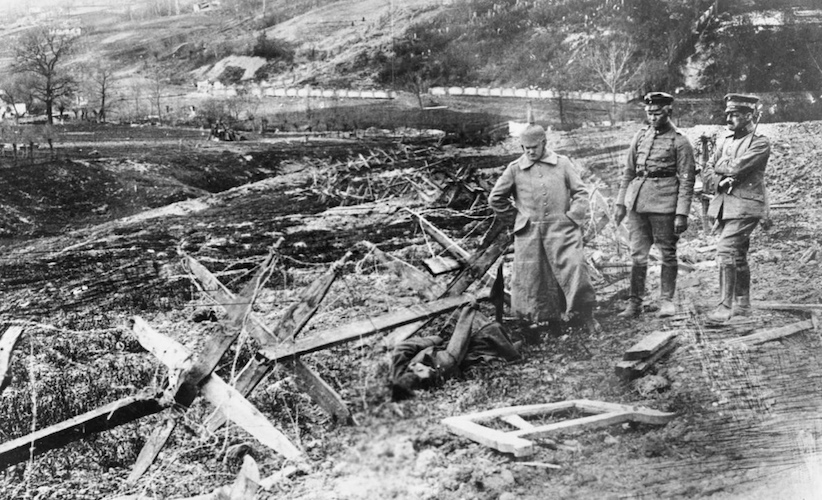
The First Winter on the Eastern Front
When spring came again on the Eastern Front, the Germans and Austro-Hungarians planned a new offensive. Originally, the Gorlice-Tarnów Offensive was designed to relieve pressure on the southern part of the Austro-Hungarian front. Because it was so successful it was reorganized as the major offensive operation for the Central Powers on the Eastern Front during 1915. During the battles that followed, the Russian lines collapsed and the Tsar’s army had to retreat into Russia. Although this retreat, known as the Great Russian Retreat, was well conducted, it was a severe blow to Russian morale.
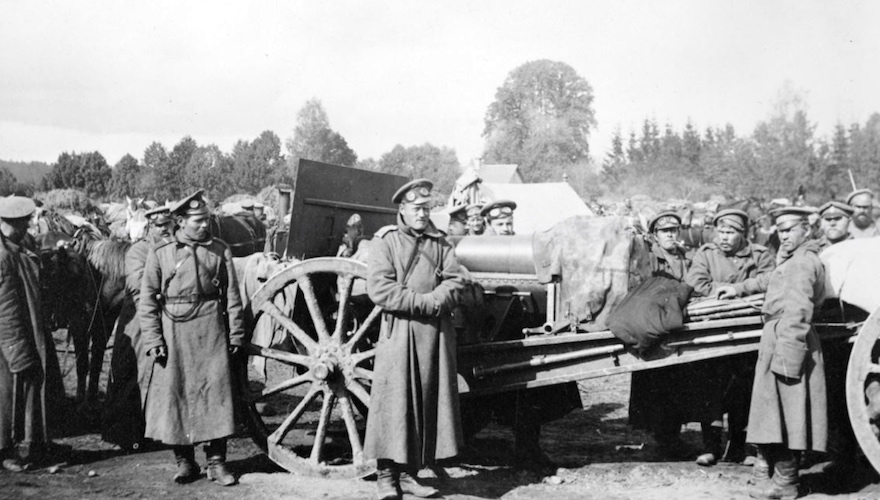
Gorlice-Tarnów Offensive
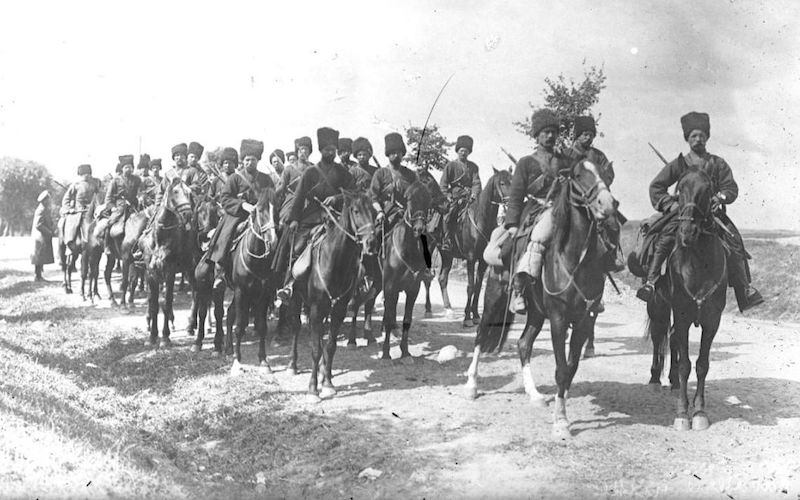
Great Russian Retreat of 1915
At the beginning of 1916 the Russians knew that they had to regain the initiative on the front if they were to secure victory. As such they started to prepare for a new general offensive. But the French were in deep trouble at Verdun on the Western Front, so French Marshal Joseph Joffre requested that the Russians move as soon as possible in order to relieve pressure on the French troops. So it was that the Russians launched the Lake Naroch Offensive before they were truly ready. The result was predictable and the operation failed. The situation changed during the summer when General Alexei Brusilov launched his famed offensive. Using new tactics, Brusilov’s troops inflicted a severe defeat, especially on the Austro-Hungarians.
After the Brusilov Offensive, Romania, which had been long courted by the Entente, entered the war. Because Romania’s primary goal was acquiring Transylvania from Austro-Hungary, the first military action of the Romanian army was the invasion of Transylvania through the Carpathian passes. The Central Powers responded quickly by pushing the Romanians out of Transylvania and invading the country from the west and south. The capital, Bucharest, was conquered. In hindsight, the Romanian interlude was a disaster for the Entente and a morale-boosting victory with very tangible rewards for the Central Powers.
At the beginning of 1917, Russia was a country in turmoil: almost three years of war had brought the army to the point of exhaustion. The Russians had suffered millions of dead and victory was still a far cry. Meanwhile the civilian population was suffering from hunger and there was widespread discontent against the monarchy. In the Russian capital, Petrograd, a mass protest over food rationing started: the February Revolution had begun. In the end, Tsar Nicholas II had to abdicate his throne. A new Russian Provisional Government was formed, which was heavily influenced by the Bolsheviks. Afterwards, the Provisional Government turned its attention to the front and tried to organize a new offensive against the Central Powers. This offensive failed because the Russian Army was beginning to collapse. Many ... units simply refused to fight because of the strong revolutionary spirit that had taken hold in Russia. The Germans took advantage of the situation and attacked, regaining all of the ground lost during the previous summer, plus the city of Riga. After the Germans took Riga, the Bolsheviks seized the moment and organized the October Revolution during which they stormed the Winter Palace in Petrograd, the seat of power for the Provisional Government. The success of the revolution marked the end of hostilities on the front, as an armistice was put in effect. Ultimately a peace was signed at Brest-Litovsk between the Central Powers and the Russians in the spring of 1918. The treaty was a significant victory for the Germans. However, because they were defeated on the Western Front a few months later, the treaty was terminated.read more

February Revolution
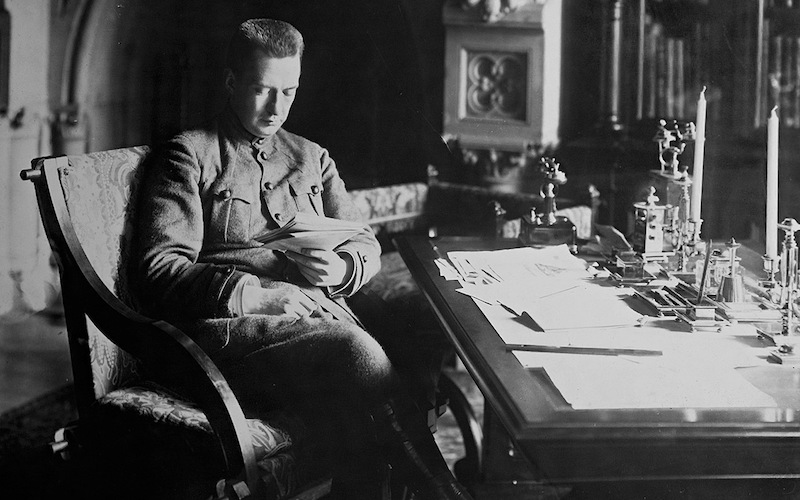
Eastern Front after the February revolution
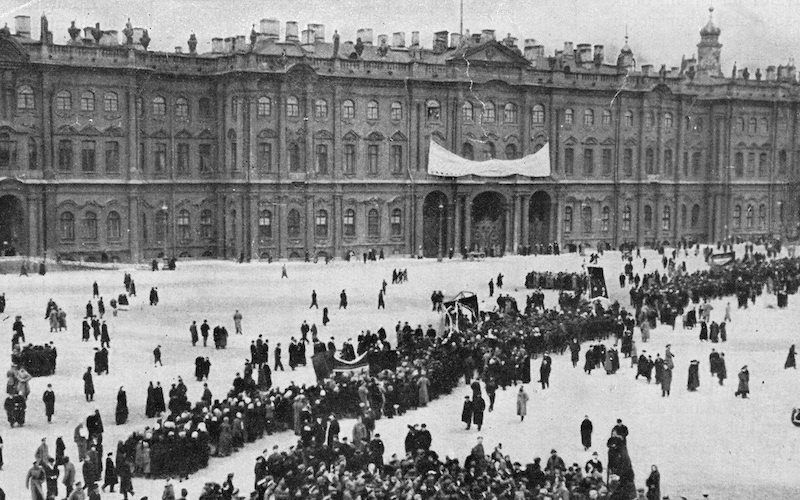
Bolshevik Revolution and the End of World War One on the Eastern Front
World War One started with the Austro-Hungarian invasion of Serbia. The invasion turned into disaster for the Austro-Hungarians when the Serbs managed to put up a determined resistance, successfully defending their homeland. A year later, in 1915, the Austro-Hungarians, with German help, managed to successfully invade and occupy Serbia, driving the Serbian army out of the country, to Greece. There the Serbians managed to successfully reorganize under the protection of the other Entente countries, and to take part in the Salonika campaign. The Macedonian Front, also known as the Salonika Front, began in 1915 when the Entente Powers attempted to aid Serbia. The expedition arrived too late to be of any aid to the Serbs. Eventually the front stabilized along a line from the Adriatic Coast to the Strumma river. ... The Bulgarians, aided by smaller contingents of other Central Powers forces, faced a multi-national force of the Entente countries. Eventually the Entente defeated the Bulgarians and liberated Serbia.read more
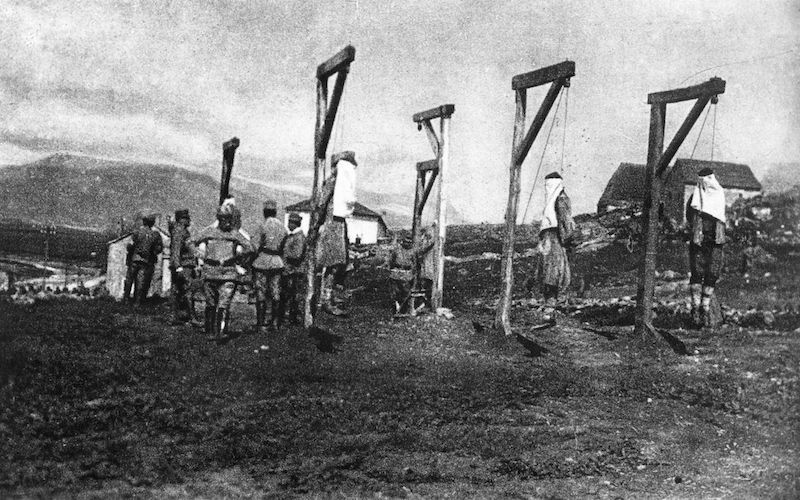
Serbian Campaign
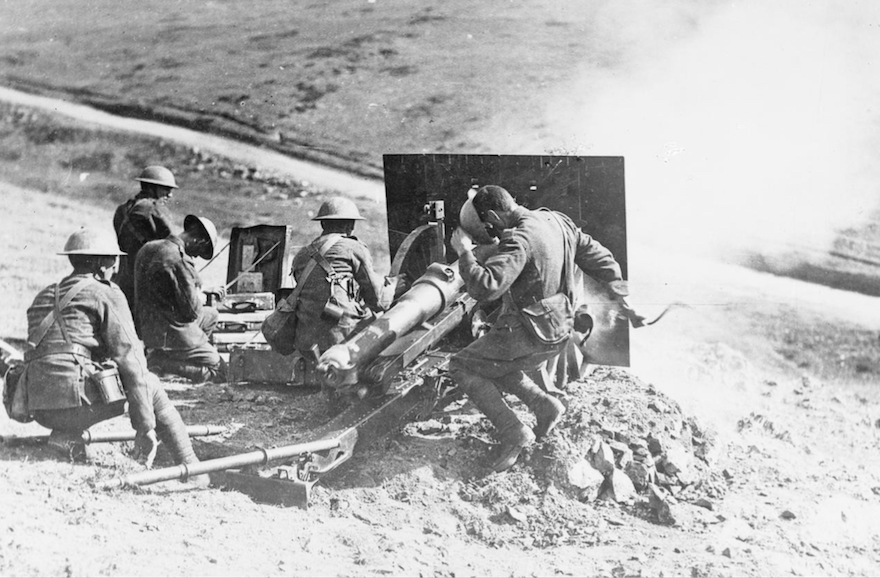
Macedonian Front
At the start of the war Italy chose to remain neutral, even though it had a treaty with the Central Powers. The Italians considered that the Austro-Hungarians launched a war of aggression against Serbia and, as such, they were under no obligation to enter the war. After 9 months of negotiations Italy entered the war on the side of the Entente with the goal of gaining the Trentino and Trieste areas from Austria-Hungary. In the initial attack on the Isonzo Front the Italians managed briefly to gain some advantages over the Austro-Hungarians, but they were eventually stopped by a determined resistance. At the end of the year the fighting petered out with no significant results, as both sides prepared for winter.
In the beginning of 1916 the Italians launched the Fifth Battle of the Isonzo as part of the coordinated Entente response to the German Verdun offensive in France. Nothing much was achieved before the Austrians launched their own Tyrolean offensive. During this offensive they drove out of the mountains across the Asiago Plateau sector of the Trentino Salient with the intention of breaking through to the coastal plain and severing the Italian communications running east to the Isonzo and Alpine fronts. Even though the Italians managed to check the Austrian advance, the offensive had political consequences in Italy: the Antonio Salandra cabinet fell. Paolo Boselli became Prime Minister.
After successfully defending Asiago the Italians turned their attention towards the Isonzo sector of the front for the rest of 1916. From August until November they initiated a series of attacks against the well-prepared Austro-Hungarian positions. The Italians managed to capture some strategic points on the front, including the town of Gorizia, but they did not manage a decisive breakthrough. The attacks in the Isonzo area were resumed in the spring and summer of 1917 when the pattern repeated itself: even though the Italian army managed to make some gains they could not inflict a severe blow against the Austro-Hungarians.
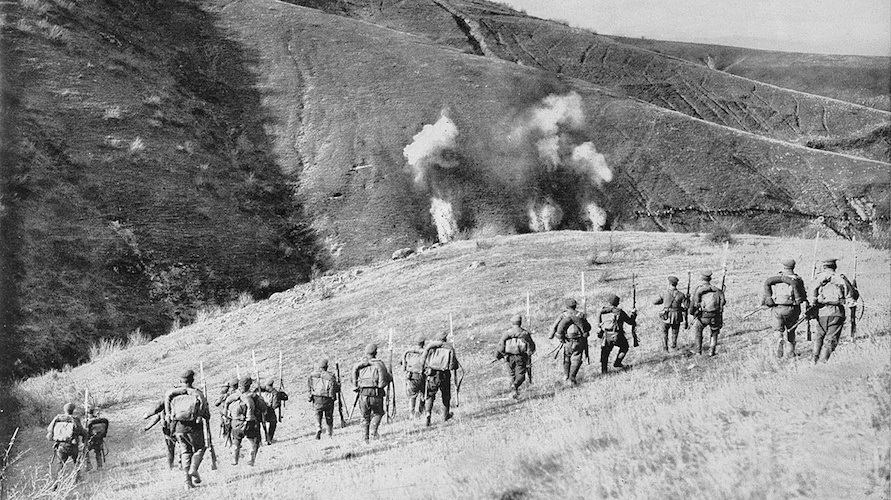
Isonzo Front in 1916

Isonzo Front in 1917
At the end of 1917 the Austro-Hungarian situation was a grim one. At the point of collapse, they requested aid from their German allies who promptly intervened and sent reinforcements. During the Battle of Caporetto, also known as the Twelfth Battle of the Isonzo, the Central Powers managed to break through the Italian lines. The Italian troops were forced to withdraw all the way to the Piave River, abandoning all of their hard-won territory from the previous campaigns. In the spring of 1918 the Germans withdrew their forces from the front in order to concentrate on their upcoming Spring Offensive on the Western Front. The Austro-Hungarians organized an offensive of their own, hoping to inflict a decisive defeat on the Italians. Thus it was that during the Second Battle of ... Piave River the Italians managed to successfully defend their lines and inflict a major defeat on their enemy. It was now only a matter of time before the Austro-Hungarians would completely collapse.read more
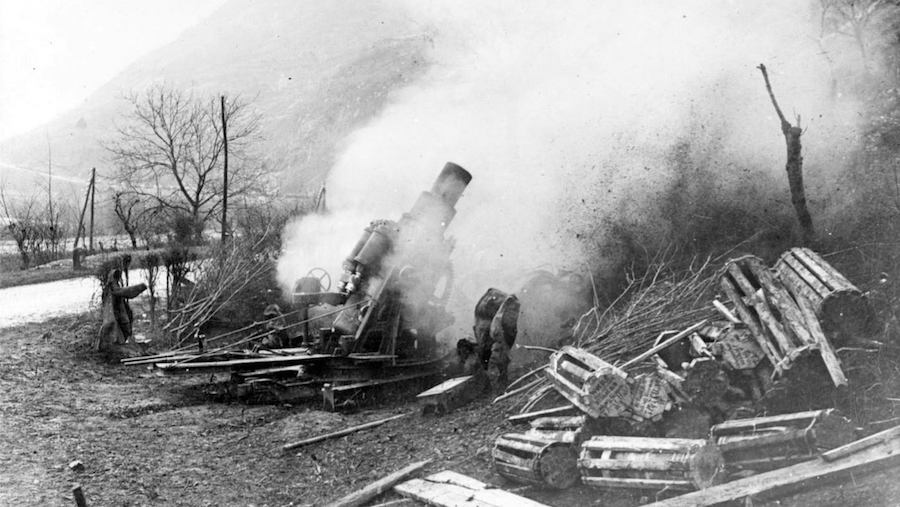
Battle of Caporetto
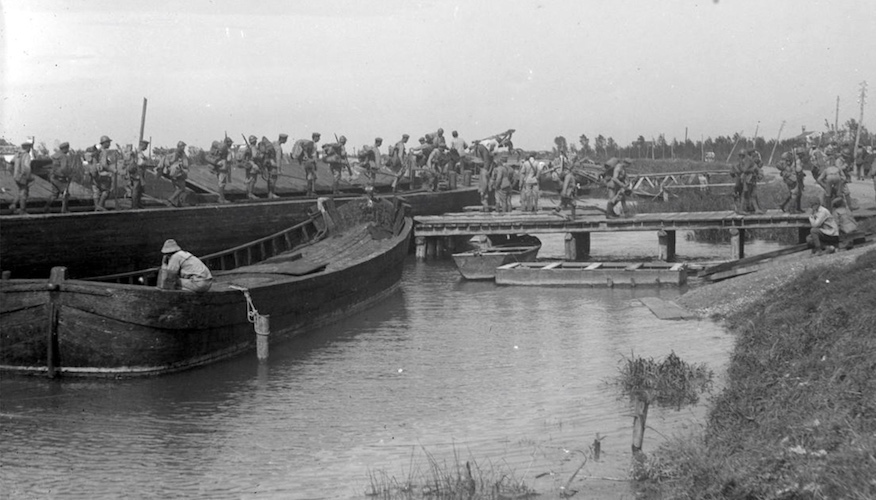
Second Battle of the Piave River
After Piave River the Italians took their time in order to organize their forces before launching a final attack designed to defeat the Austro-Hungarians. The attack finally came in October 1918: during the Battle of Vittorio Veneto the Austro-Hungarian lines collapsed and an armistice was signed. The Italian victory contributed to the end of the war, less than 2 weeks later. It was also one of the major factors that caused the dissolution of the Austro-Hungarian Empire at the end of the war.
The Gallipoli Campaign was fought in the Gallipoli Peninsula of the Ottoman Empire. Wanting to secure the peninsula, the British and French staged an amphibious landing with the intention of capturing the Ottoman capital Constantinople - modern-day Istanbul. The attack was repulsed with heavy casualties on both sides after 8 months of fighting. The Gallipoli Campaign was the only major victory obtained by the Ottoman Empire during the war. The Caucasus Campaign was fought between the forces of Russia and the Ottoman Empire. Later the conflict expanded, with Russia joined by Armenia, the British Empire and the Central Caspian Dictatorship - a short anti-Soviet administration proclaimed at Baku - while the Ottoman Empire was aided by the German Empire, Azerbaijan and Georgia. In the end, although the Russians withdrew from ... the conflict after the Bolshevik Revolution, the Ottoman Empire was defeated. In Persia and Afghanistan, the Entente quickly built up its influence so as to counter any attempt by the Germans to gain dominance. During the war, a campaign was also fought in the Sinai and Palestine. It started in 1915 when the Turks attempted to take control of the Suez Canal, and ended in 1918 with the Armistice of Mudros, where the defeated Turks had to give up Syria and Palestine. In Mesopotamia, British and Ottoman forces battled for control of the region. Although the British suffered some setbacks, in the end they defeated the Turks.read more

Caucasus Campaign
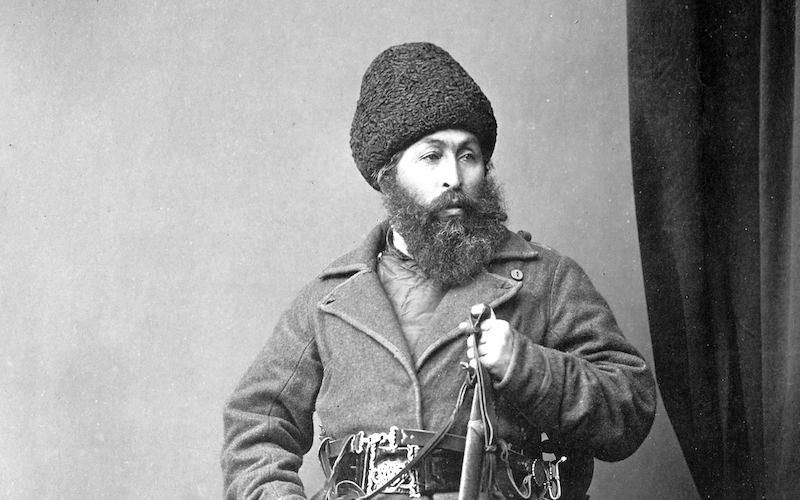
Persia and Afghanistan during the Great War

Sinai and Palestine Campaign
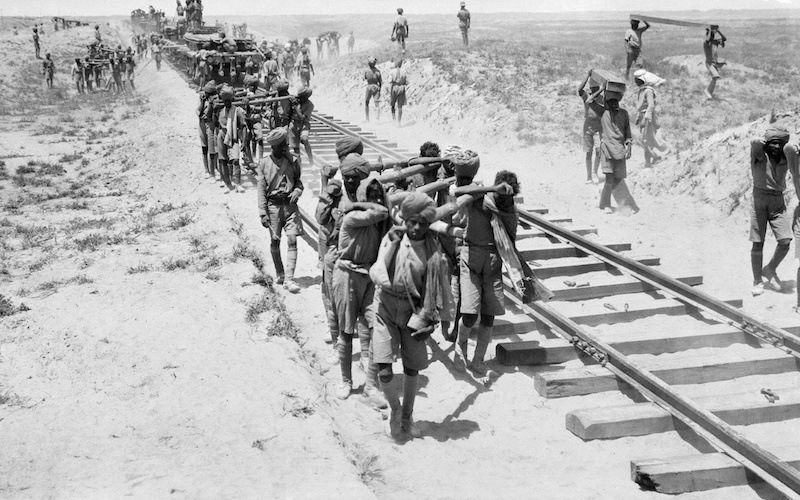
Mesopotamian Campaign
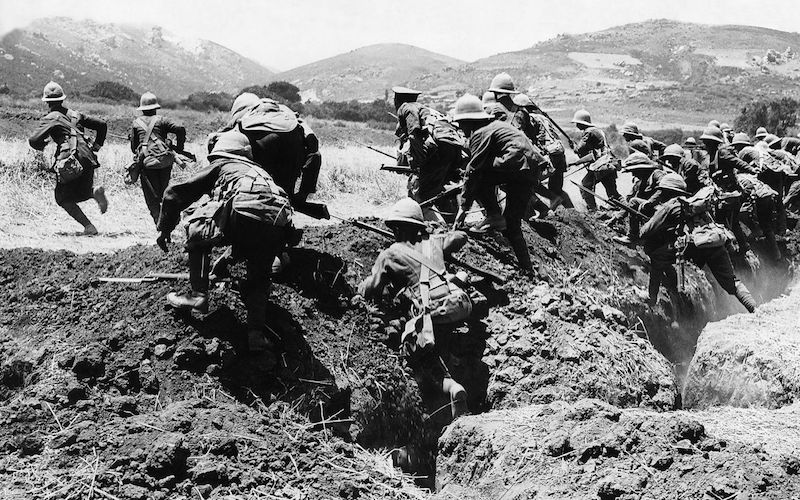
Gallipoli Campaign
The Asian and Pacific Front of the war consisted of a series of naval battles between the Entente and German forces. The siege of Tsingtao, in China, was the only significant land-based battle. Many German colonies in the area fell without bloodshed, but naval warfare was more common. At the war's end, Germany lost all of her possessions in the area.
During the Great War, naval power was a crucial element for victory. Although there were no decisive engagements at sea, the British, who had the largest fleet in the world, managed to blockade Germany. In retaliation, the Germans raided some British coastal towns and launched a U-boat campaign against British supply lines. In 1916, the Germans sought to implement their plan to fall upon part of the British Grand Fleet with their entire High Seas Fleet. This led to the Battle of Jutland. Despite having the larger fleet at Jutland, the British failed to achieve the sweeping victory hoped for by naval planners and the public, but at the same time they did not suffer the catastrophic casualties that the Germans hoped they would. Under these circumstances the Germans resumed ... their U-boat campaign, even attacking ships sailing under a neutral flag, in the hopes of cutting the British supply lines. This plan backfired when the United States declared war on Germany. In the later stages of the war the Entente adopted a convoy system for escorting their merchant ships, and so the German U-Boats became less and less effective. By the end of 1918 German morale was so low that the sailors mutinied when they found out they were going to attack the Grand Fleet. The Germans were defeated.read more
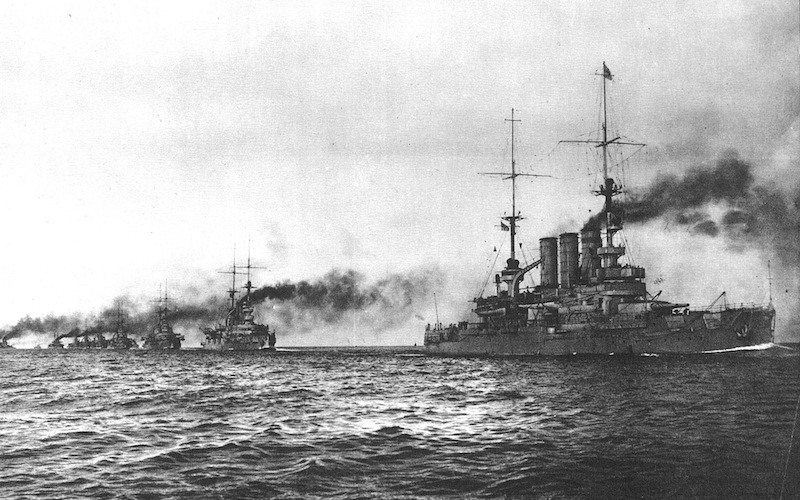
The War at Sea: The first battles
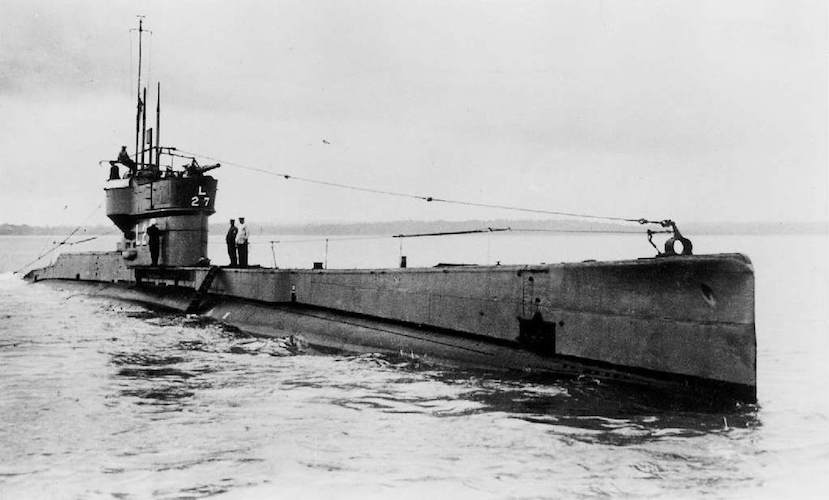
The War at Sea in 1915

The War at Sea in 1916
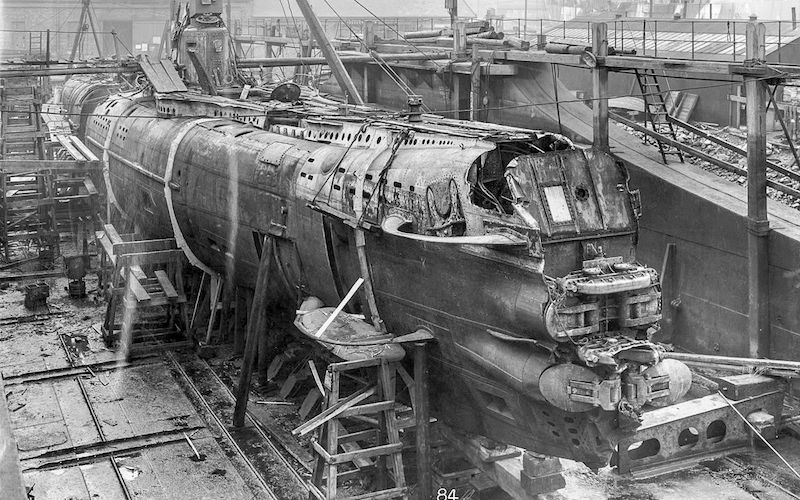
The War at Sea in 1917

The War at Sea in 1918
In the African theater of the war, the German Empire fought campaigns against the Entente powers, and also faced local rebellions. The Entente attacked the German colonies of Togoland, Kamerun and German East and South West Africa and occupied most of them. After the war, Germany lost her colonial empire.
World War One was a cataclysmic conflict that changed the world. Putting aside the tremendous loss of life during the conflict, the war shaped world politics for decades to come. The Austro-Hungarian and Ottoman empires were dissolved at the end of the war. This created as many problems as it solved, as newly created states found themselves surrounded by rivals. The Balkans, especially, became a powder keg, but also parts of Eastern Europe. In Russia, the death of the Tsar, paved the way for decades of a far more brutal dictatorship, as the Bolsheviks seized power following a civil war. In the West it seemed that England and France were the great victors of the war: Germany had been defeated and Russia was in chaos in 1918. In the decades ... to come a number of complex social, political and economic factors contributed to the rise of Adolf Hitler and Benito Mussolini in Germany and Italy. In two short decades the world was at war again: it turned out that the Great War was not the War to End All Wars after all.read more
During the Great War the combatant countries had to mobilize for the war effort. Armies had to be created, supplied and maintained, and the industry had to shift its priorities towards producing the necessary supplies for conducting the war. The war also brought important social and, in some cases political changes. These changes happened gradually in some cases, and fast in others, depending on the conditions in each country.
Although the US entered the war late, it had an enormous impact on the outcome of the war. The US entry into the Great War was the final nail in Germany’s coffin. When the war started, in 1914, the US remained politically and militarily neutral, its leaders and the general public unwilling to enter into what they saw as a European affair. By 1917 conditions changed however, and President Woodrow Wilson declared war against Germany. The nation then mobilized all its economical and industrial might towards a war economy. In the beginning the American Expeditionary Force in France was no more than a token force. However, by the summer of 1918, it had grown considerably and brought a vital contribution to the war effort and the Entente victory. Had the ... war continued into 1919 there is little doubt that the AEF would have become the dominant force.read more
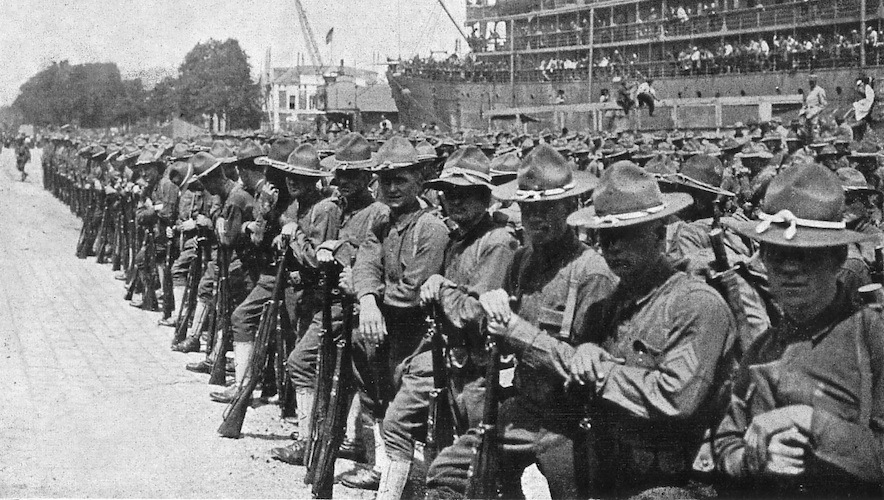
United States Home Front During World War I
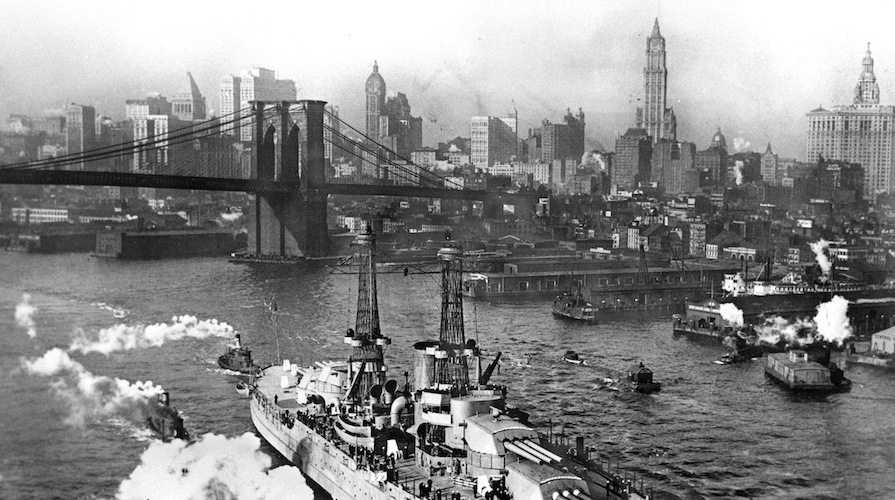
United States Neutrality in World War I

United States Entry Into the Great War

